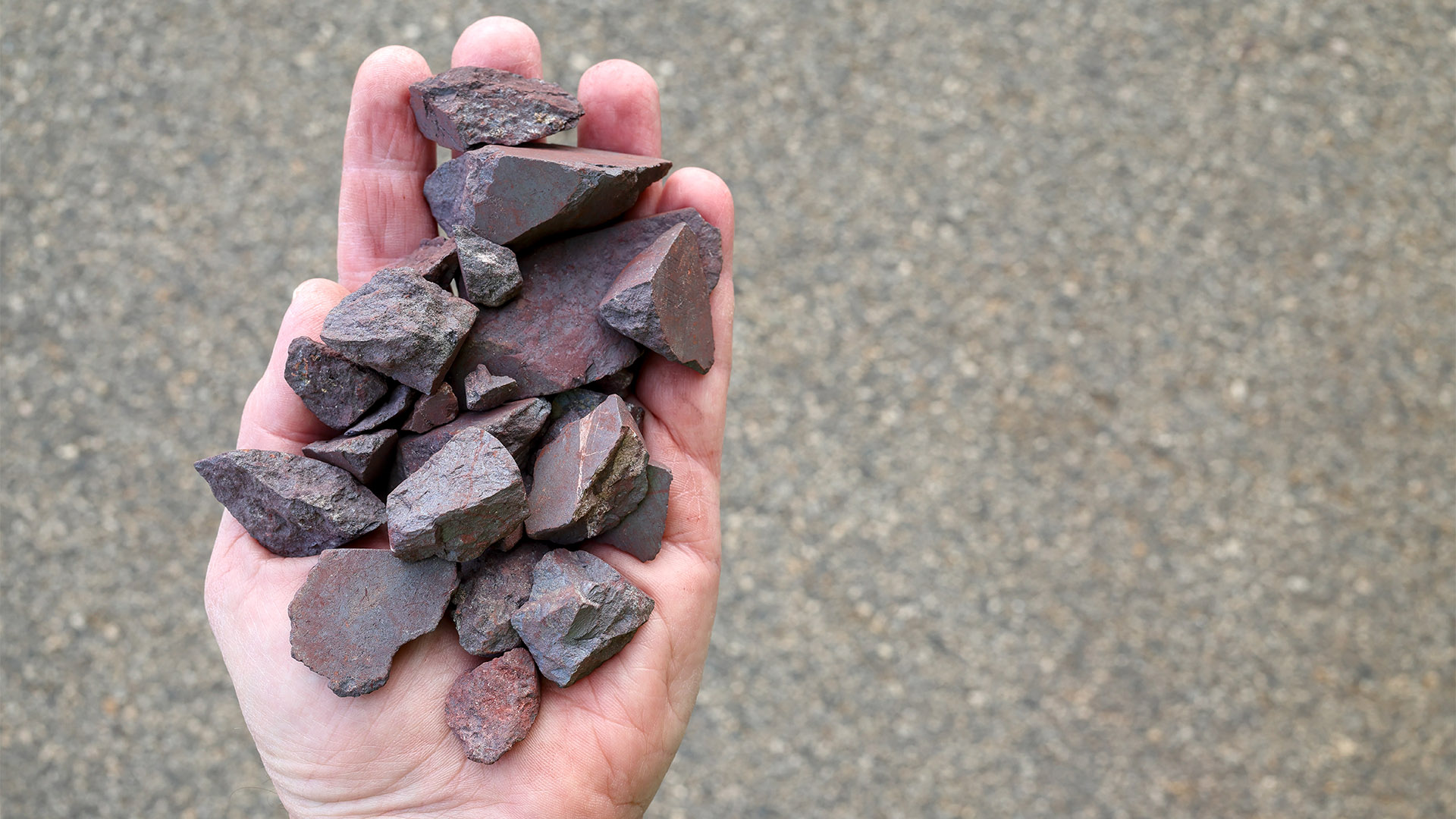August saw yet another series of mixed messages from China regarding its appetite for key commodities such as oil, coal, iron ore, and copper.
Imports of coal rose, while imports of iron ore, oil, and copper metal eased. However, imports of copper concentrates hit a 12-month high.
Gold was absent from China’s monthly figures, as Saturday's foreign reserves data (which are at a near nine-year high due to the country continuing to rack up huge trade surpluses) showed.
As far as Australia is concerned, iron ore is the most important indicator. With prices hovering around $US100 a tonne for most of August, China’s imports were surprisingly strong, reaching 101.39 million tonnes.
While this was down 1.38% from July and 4.73% from August 2023 (when they topped 106 million tonnes), the tonnage remained above the 100 million mark for yet another month in 2024.
The fall from July was just 1.42 million tonnes, or around six to eight shipments from the Pilbara.
Complicating matters has been panic selling of old stocks of rebar (used in construction) or reinforcing bars. The Chinese government issued tighter quality rules earlier this year, forcing steel producers to unload stocks of older quality bars at low prices.
This has helped push iron ore prices lower in Chinese domestic markets, which has spilled over into trading on the SGX platform.
However, imports held up above a monthly figure of 100 million tonnes, despite portside stocks of ore jumping back above 150 million tonnes by the end of the month, according to Mysteel, which conducts a weekly survey of stockpiles at China’s 45 biggest ports.
For the first eight months of the year, imports are up 5.2%, at 815 million tonnes. Four more months of tonnages around August’s figure would see total Chinese iron ore imports hit a record above 1.2 billion tonnes, which belies the weak condition of the steel industry at the moment—especially in terms of demand.
SGX ore was trading around $US91 to $US92 a tonne on Tuesday in Singapore.
Meanwhile, continuing hot weather and wet conditions have again driven Chinese coal imports to a near-record pace.
July was China's hottest month since records began, and heat waves continued well into August, leading to soaring power demand as households and businesses turned on air conditioners. Wet, humid weather added to the power demand.
This saw Chinese power stations—especially along the southeast coast—maintain strong demand for imported coal from Indonesia and Australia.
China's coal imports rose 3% in August to 45.84 million tonnes from a year ago but dipped from the 46.21 million tonnes shipped in July, a seven-month high.
Shipments totalled 342 million tonnes in the first eight months of the year, up 11.8%, according to data from the General Administration of Customs. At August’s rate, coal imports are on track to top 500 million tonnes for the first time by the end of December.
August also saw a small rise in renewable power electricity production.
China’s imports of crude oil fell 7% in volume in August, to 49.10 million tonnes, but on a daily basis, they were at the highest rate in a year, according to trade data.
Imports for the January-August period dropped 3.1% year-on-year, to 367 million tonnes. This is an improvement compared to the 11% slide for the first six months of this year.
Daily crude oil imports stood at 11.56 million barrels per day (bpd) last month, the highest since August a year earlier, according to the General Administration of Customs.
August’s 49.10 million tonnes may have been down 7% from a year ago, but it was up sharply from the 42.34 million tonnes imported in July, which was the lowest monthly total since September 2022.
"Independent runs have been on the rise for six consecutive weeks since late July, echoing the decline of crude prices. State-owned refinery runs have also been on a mild upward trajectory since late July, even against the backdrop of the autumn maintenance season that began in late August," said Lin Ye, senior analyst for oil trading and downstream at Rystad Energy, according to Reuters.
Futures prices for Brent, the global crude benchmark, have fallen more than 17% since early July, as worries about weak demand in China have intensified.
China's annual oil demand growth has slowed from around 500,000–600,000 bpd in the five years before the COVID-19 pandemic to 200,000 bpd now, according to Daan Struyven, head of oil research at Goldman Sachs, who spoke at the APPEC conference in Singapore on Monday.
"The seasonal refinery runs increase for September and October will not be as strong as last year, owing to the weak road fuel transport demand on the back of greener substitutions," said Ye of Rystad.
Copper continues to draw the attention of Western analysts, despite demand being severely impacted by the property slump.
China's imports of unwrought copper in August hit a 16-month low, though copper concentrate shipments remained solid.
Unwrought copper in August totalled 415,000 tonnes, down 12.3% from August 2023. It was the lowest since April 2023 and also down 5.3% from July.
The data includes anode, refined, alloy, and semi-finished copper products.
Demand for copper, used in the power, construction, and transportation sectors, has been hit by manufacturing weakness in the world’s second-largest economy.
For the first eight months of the year, copper imports were up 3%, at 3.62 million tonnes, according to customs data.
This aligns with analysts' expectations for yearly growth of less than 3% in China’s copper consumption in 2024, slowing from last year’s rate of more than 5%.
Imports of copper concentrate last month stood at 2.57 million tonnes, the highest since last August.
Copper concentrate imports totalled 18.64 million tonnes for the first eight months, up 3.2% from the same period in 2023.














